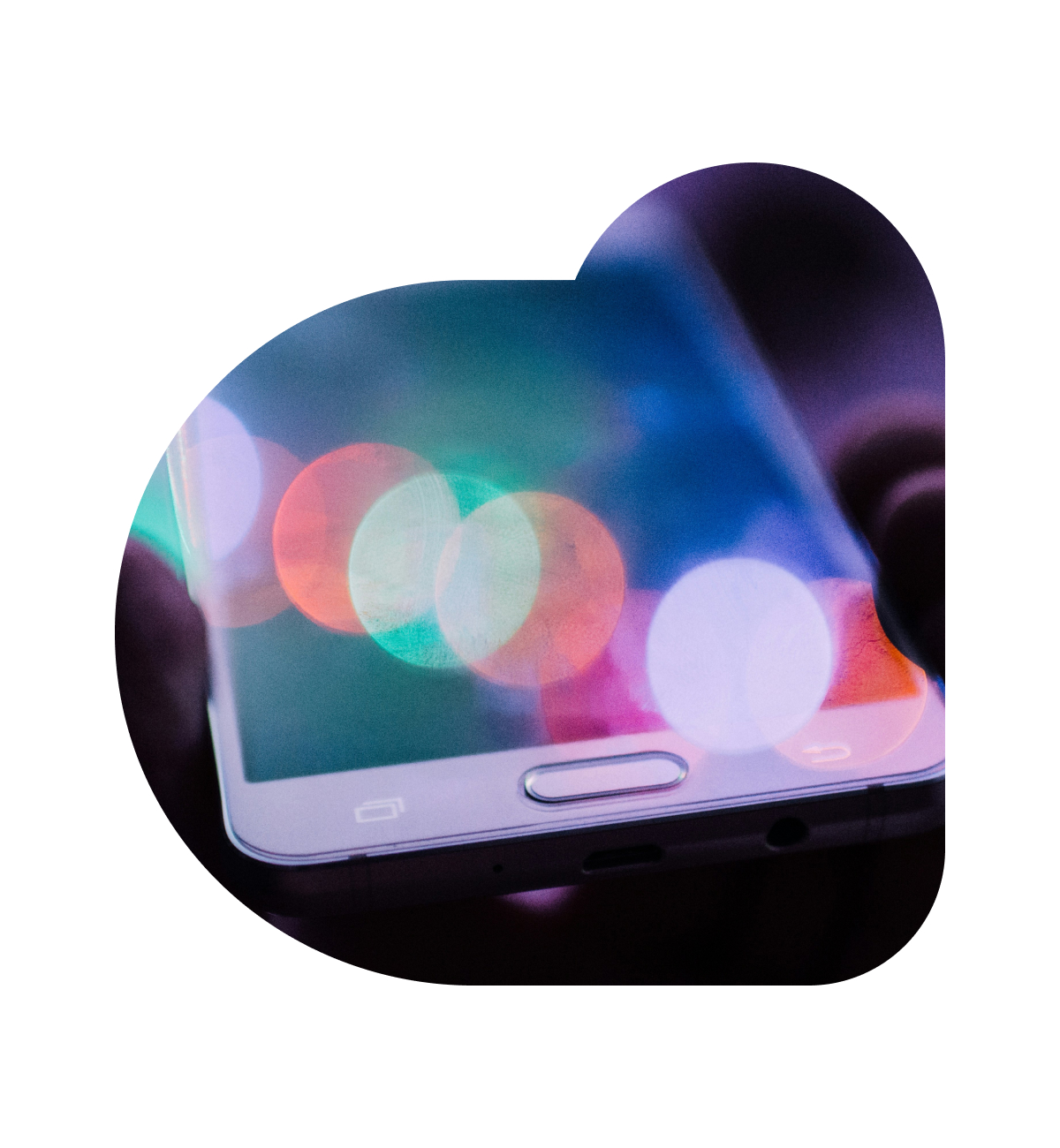In today’s rapidly evolving marketing landscape, a successful campaign requires a strategic and integrated approach to media planning. Integrated media planning involves carefully considering various media platforms to reach your target audience effectively. By crafting a cohesive and consistent brand experience across multiple channels, you can maximize your reach and drive tangible results. This blog post will dive into the power of integrated media planning, debunk the misconception of a digital-only approach and highlight the benefits of digital retail media for growing brands.
According to Hubspot, an integrated media plan revolves around answering critical questions about your target audience and determining which mediums will best reach them. Whether it’s Instagram and Twitter to engage millennials or a combination of radio and Facebook to connect with Gen X, an integrated approach ensures that your ads are consistent and coherent across different channels. The goal is to present a unified campaign to audiences, regardless of where they come across your brand.
While digital marketing holds significant importance, it’s essential to recognize that driving reach in the retail sector necessitates the strategic interplay of various tactics, as emphasized by Blue Onion Media. This means leveraging traditional methods that may have been considered “dead” alongside emerging options. The key is to find the right mix that aligns with your target audience and campaign objectives.
For growing brands, digital retail media presents immense opportunities, particularly in leveraging the online presence of larger retailers, as noted by Tinuiti. By strategically placing targeted ads, brands can tap into the existing visibility of established online marketplaces and connect with highly relevant consumers who are actively seeking products to purchase. Moreover, digital retail media enables brands to capitalize on the exponential growth of e-commerce, access valuable customer and sales data, and enhance visibility through trusted channels.
The statistics from Tinuiti further underscore the significance of retail media networks in the marketing ecosystem. With annual sales growth exceeding 20% and projected to reach $41 billion by 2030, these networks are becoming a major player in the digital ad spending landscape. McKinsey predicts that the combination of retail and traditional media capabilities could generate an estimated $1.3 trillion in enterprise value by 2026. As online retail sales are forecasted to surpass $7 trillion globally by 2025, accounting for over 23% of all retail sales, the effectiveness of retail media ads will continue to drive growth in the e-commerce sector.
In this blog post, we explore three effective ways integrated media can increase retail visits, drive foot traffic and boost sales. By harnessing the power of social media engagement, innovative offline marketing tactics and retail media networks, retailers can create a comprehensive and impactful strategy that stands out in the dynamic retail landscape. In the following sections, we outline each approach in detail and provide actionable insights to help you implement these strategies successfully. Stats from: Tinuiti, eMarketer, McKinsey.
Social Media Engagement: Generating Buzz and Driving Traffic
In today’s digital age, social media plays a pivotal role in attracting customers to retail stores. By effectively leveraging social media platforms, retailers can generate buzz, increase brand visibility and drive foot traffic. Here are some creative ideas to harness the power of social media for increasing foot traffic:
1. Run social media contests or promotions. Encourage customers to visit your store by organizing contests or promotions exclusively on social media platforms. Offer enticing incentives such as exclusive discounts, freebies, or giveaways for those who visit your store and engage with your brand.
2. Engage with customers through compelling content. Share behind-the-scenes glimpses, sneak peeks of new products, or customer testimonials on your social media channels. This not only creates excitement and anticipation but also gives customers a reason to visit your store to experience these offerings firsthand.
3. Collaborate with local influencers or micro-influencers. Identify influencers or micro-influencers in your target market who have a strong social media presence. Collaborate with them to promote your store and encourage their followers to visit. This can significantly expand your reach and attract a broader audience to your physical location.
4. Create interactive and shareable content. Develop interactive content that encourages users to tag their friends and visit your store together. This could include polls, quizzes, or challenges related to your products or store experience. By making the content shareable, you can amplify its reach and generate organic word-of-mouth referrals.
Innovative Offline Marketing Tactics: Standing Out in a Mall Environment
In a bustling mall environment, it is crucial to think outside the box and implement innovative offline marketing strategies to capture customers’ attention and drive foot traffic. Consider the following tactics to make your store stand out:
1. Organize live events, pop-up shops, or workshops. Host unique and engaging events within the mall premises to attract customers and provide them with memorable experiences. This could include product demonstrations, interactive workshops, or live performances. These events create a buzz and make your store a destination within the mall.
2. Collaborate with complementary retailers in the mall. Forge partnerships with other retailers in the mall that offer complementary products or services. Together, you can create cross-promotions, joint events, or loyalty programs that incentivize customers to visit multiple stores. By offering a cohesive shopping experience, you can increase foot traffic collectively.
3. Utilize eye-catching signage and displays. Capture the attention of passersby with visually appealing signage, window displays, or interactive installations. Use creative lighting, bold colors, or unique visual elements that align with your brand identity. These attention-grabbing displays will entice customers to step into your store.
4. Offer exclusive in-store promotions or limited-time deals. Create a sense of urgency and FOMO (fear of missing out) by offering exclusive promotions or limited-time deals that are only available to mall visitors. Highlight these offers through various channels, including social media and mall directories, to create awareness and drive foot traffic to your store.
Retail Media Networks: Amplifying Visibility and Targeted Marketing
Digital retail media has revolutionized how brands connect with customers and increase foot traffic. Retail media networks offer unique advertising and promotional opportunities within established e-commerce platforms or retail websites. Here’s what you need to know about leveraging retail media networks:
1. Understand retail media. Retail media refers to advertising and promotional opportunities within online marketplaces or retail websites. By utilizing these networks, brands can reach customers who are already in a shopping mindset, increasing the chances of driving conversions and foot traffic to their physical stores.
2. Targeted marketing through retail media. Retail media networks allow brands to leverage customer data to target specific audiences based on their preferences, purchase history and shopping behavior. This targeted approach ensures that your ads reach the right people at the right time, increasing the likelihood of driving foot traffic and conversions.
3. Measuring impact and optimizing campaigns. Retail media networks provide valuable insights into customer engagement, allowing brands to measure the impact of their marketing investments. By tracking key metrics such as sales data, customer behavior, and ROI, brands can optimize their campaigns, refine their targeting strategies, and calculate the effectiveness of their retail media efforts.
4. Improving overall visibility and brand recognition. Placing your products within trusted and popular online marketplaces through retail media networks can significantly improve your brand’s visibility. When customers see your products in reputable online retail environments, they are more likely to trust your brand and be enticed to visit your physical store to make a purchase.
In conclusion, Integrated media strategies that combine social media engagement, innovative offline marketing tactics, and the power of retail media networks are essential for increasing retail visits, driving foot traffic, and boosting sales. By implementing creative ideas, leveraging targeted marketing, and providing unique in-store experiences, retailers can stand out in a crowded marketplace and attract customers to their physical stores.
For more detailed insights and guidance on taking your retail brand to the next level, check out Push’s Retail page here. You can also find valuable information on how to make your retail brand stand out in our blog post here.











